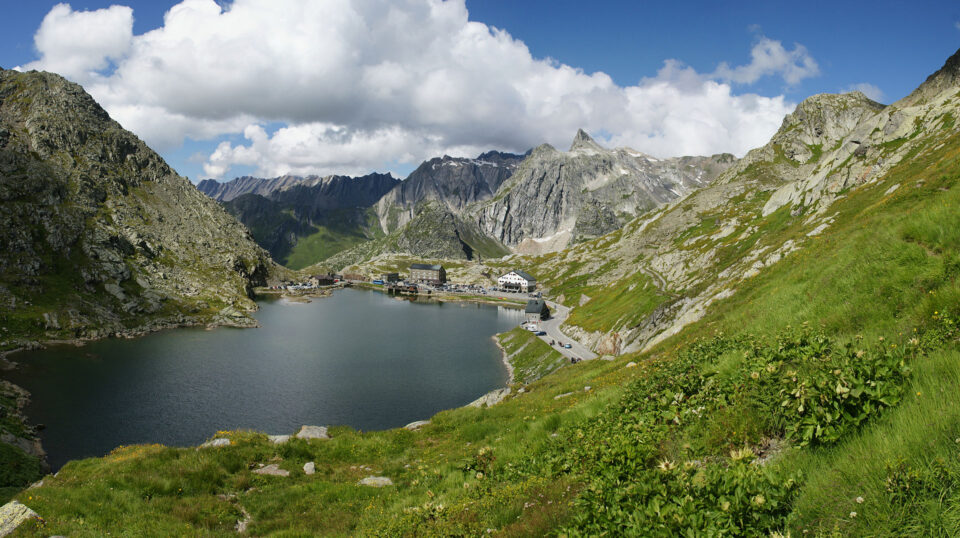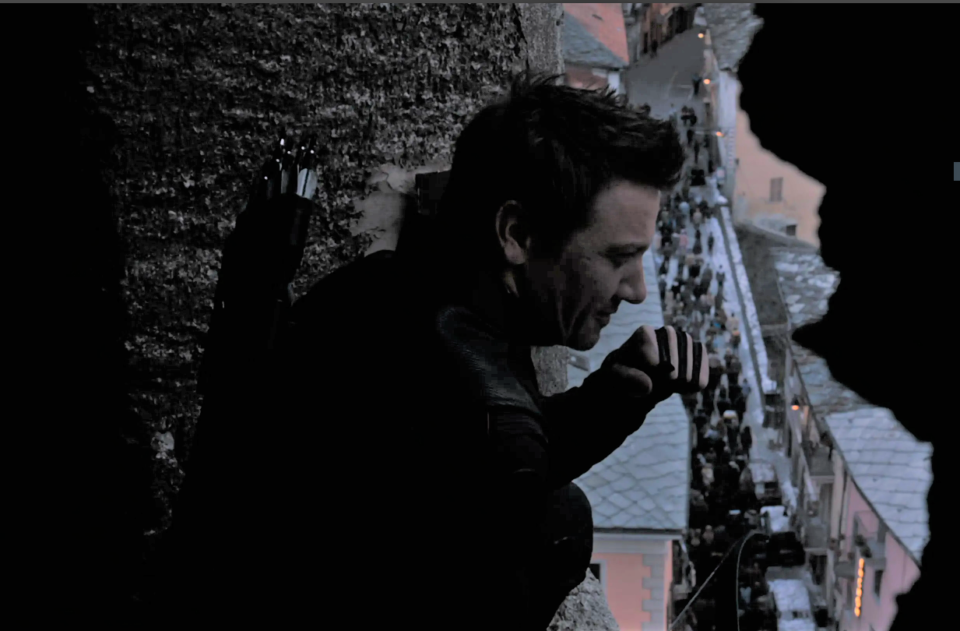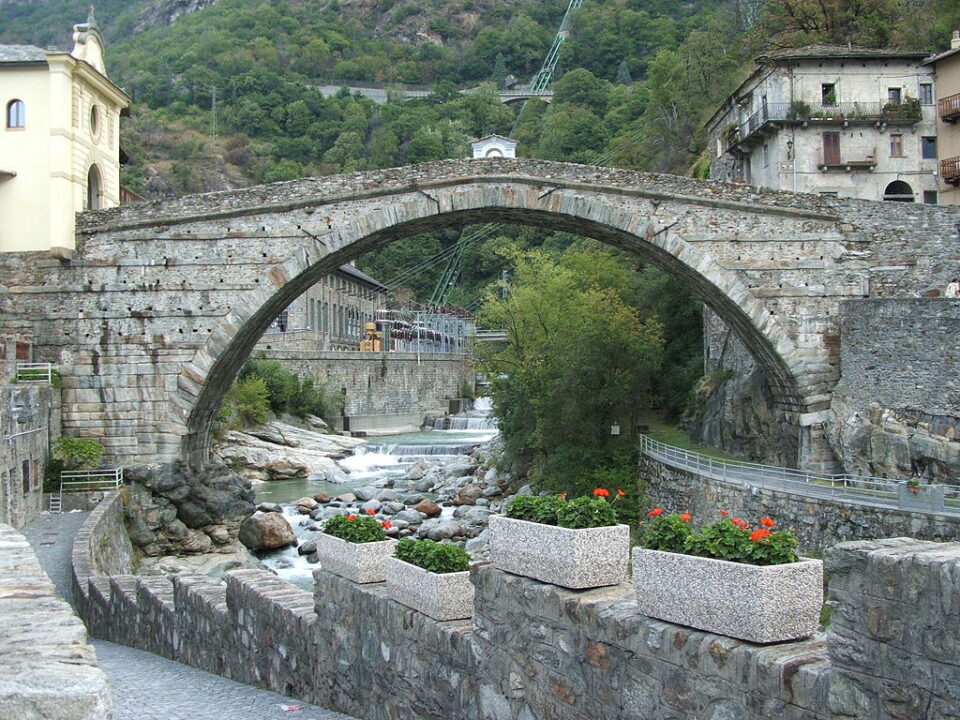
Traveling with Marvel: The Avengers in Valle d’Aosta
Perhaps some of you don’t know that a few years ago, the Avengers saved the world in Valle d’Aosta, of all places!
In 2015, the spectacular landscapes and monuments of the region served as the backdrop for the exploits of our heroes in the film “Avengers: Age of Ultron“.
Naturally, at the time, the excitement was palpable, and the locations where the shots were taken were, to varying degrees, marked to commemorate the event.
So, come with us and the Avengers to discover the wonders of Valle d’Aosta!
The Fort of Bard
Among the various locations that can be recognized in “Age of Ultron,” undoubtedly the most prominent is the Fort of Bard. This fortification was used as Baron Strucker’s Hydra base, which the Avengers attack at the beginning of the film and where they have their first encounter with the Maximoff twins. In addition to various panoramic views of the Fort, you can also see some of its interior locations, all of which have been marked on the tourist visit route.
The Fort is a typical 19th-century barrier fortress and is located approximately 400-467 meters above the eponymous village, connected to it by two roads, one internal and the other external. Thanks to an open-air itinerary, you can admire the surrounding landscape, the Champorcher Valley formed by the Balteo Glacier, the Corma di Machaby with its smooth wall, and the Dora Baltea River with its waterfalls and tributaries.
In addition to the Avengers, many illustrious figures have visited the Fort of Bard. Certainly, the most famous is Napoleon Bonaparte (1769-1821), accompanied by the writer Stendhal (Marie-Henry Beyle, 1783-1842), who described the battle that took place at the fortress.
Another prominent figure who passed through there was Camillo Benso, Count of Cavour, who was entrusted with the supervision of the works at the Fort from 1831.
The History of the Fort
The Fort of Bard is strategically located because it stands on the only passage to reach the valley below. Traces of settlements in the area date back to the 2nd millennium BC, and among various findings, the particularly curious case of the “Scivolo delle Donne” (Women’s Slide) should be noted. This is a polished rock surface from which women used to slide down, perhaps to promote fertility (or maybe just for fun, why not!). When the area became Roman, the “strada consolare delle Gallie” road was constructed, connecting Eporeia (Ivrea) to the Little and Great St. Bernard Passes. Both routes have always been considered possible for Hannibal’s crossing of the Alps, as well as for offering one of the most beautiful and coldest panoramas in all of Italy.

The first written record of a fortress dates back to 1034, and it came under Savoyard’s control in 1242, thanks to Amedeo IV of Savoy. Then, in 1661, Duke Carlo Emanuele II made it the sole garrison for Savoyard forces in Valle d’Aosta, concentrating all supplies there.
In 1800, the Fort was besieged by Napoleon and, as a result, between 1830 and 1838, Carlo Felice entrusted the reconstruction project to the military engineer Francesco Antonio Olivero, who transformed it into what it is today: three imposing buildings on three levels, namely, the Ferdinando Works, the Vittorio Works, and the Carlo Alberto Works, totaling 283 rooms.
Today, within its walls, you can find not only the visitor route and the Marvel-related attractions but also the Museum of Fortifications and Frontiers, the “Alpi dei Ragazzi”, the Museum of the Alps and various temporary exhibitions.

Verrès and Donnas
For many parts of the city of Sokovia, the homeland of the Maximoff twins, the settings used were Verrès and Donnas, both towns with origins dating back to the Augustan era. Verrès is primarily known for the Collegiate Church of Saint-Gilles (Sant’Egidio), a convent that tradition traces back to 912, founded by Gisella (Egidia), the wife of Adalberto I, Marquis of Ivrea. Another tradition suggests that the convent was founded in the 10th century by the Marquises of Monferrato. In reality, the canons are first mentioned in a document from 1050, which attests to the connections between the Aosta Valley and Provence, where Egidio had lived.

©Marvel Studios. All Rights Reserved.
The bell tower and the west wing of the convent are more recent, as they were erected in 1512 by Carlo di Challant. In a frame from “Age of Ultron”, we can see Hawkeye perched on the tower of the Collegiate Church of Saint-Gilles.
Donnas, on the other hand, is primarily known for being the town where the DOC wine of the Aosta Valley is produced. The typical landscape features vineyard terraces, and the wine has been produced by the Cave Coopératives de Donnas since 1971. The winery has a processing capacity of 1,700 quintals of grapes, with an annual production of approximately 120,000 bottles.
Pont Saint Martin
In “Age of Ultron,” during the evacuation of Sokovia, you can see the inhabitants leaving the city from the height of a bridge overlooking a square, with another bridge just downstream where cars are also passing. This other location is none other than the town of Pont Saint Martin, situated at the entrance of the Aosta Valley and renowned for its famous bridge over the Lys River dedicated to Saint Martin of Tours, which gives the town its name.
The bridge is also one of those known as the Devil’s Bridge. This title, often used in various parts of Europe, is justified by the fact that the devil’s hand was believed to be involved in the construction of such seemingly impossible structures.
Not the devil, but the Romans, however, were responsible for it. For them, creating such a suspended arch in mid-air wasn’t a challenge but a genuine form of entertainment. The Pont Saint Martin bridge was probably built during the Augustan era or in the 1st century BC and is one of the largest surviving examples of Roman bridges with a single arch.
The bridge features a flat arch with a span of approximately 36.65 meters, a width of 5.8 meters, including the parapets, and a height of 13.6 meters, also including the parapets. It has been passable for well over two thousand years!
Legends and the Carnival of Pont Saint Martin
Naturally, several legends have arisen about the construction of this bridge. The first, which gives the town its name, concerns Bishop Martin. There was no way to cross the river in the past, but Martin had to pass. So the Devil appeared to him and offered to build the crossing in a single night in exchange for the soul of the first being to cross it. Martin accepted, but when the work was completed, he had an animal cross the bridge, thus tricking the Devil (although: poor animal!).
The other legend tells of a beautiful river nymph living in the Réchanter valley. However, the valley’s inhabitants began mistreating her, so she, in a fit of rage, summoned a torrential rain that swelled the river. The inhabitants of Pont Saint Martin pleaded her to spare at least the Roman bridge, and the nymph, moved by their pleas, allowed the waters to pass, leaving the bridge unharmed.
One of the most beautiful festivals in Pont Saint Martin is the Carnival, where some citizens dress up as prominent figures from the history of Saint Martin, such as the Nymph and Martin himself. At the beginning of the festival period, there is the “Asp end ‘l Diao“, which means hanging a puppet of the Devil under the arch of the Roman bridge. In the following days, people enjoy dishes like polenta, cotechino sausage, potatoes, beans and various cured meats and, on the final day, there is the burning of the Devil’s puppet to chase away bad luck.
In short, it’s a festival not to be missed!

If you enjoyed the article, let us know by commenting here or on our social media channels!
If you are interested in learning more about the connections between the Avengers and some Italian towns, we refer you to this article of ours. If you are interested in Italian legends, then we refer you to this one.
Sources
- https://www.fortedibard.it/
- https://www.carnevalepsm.it/base.asp
- https://www.regione.vda.it/turismo/scopri/cultura/monumenti_romani/ponte_romano_psm_i.asp?tipo=scheda&pk=877&nomesch=sch_Patrimonio
- https://www.lovevda.it/it/banca-dati/3/localita/valle-d-aosta/pont-saint-martin/411
- Galanti, Bianca Maria. “LA LEGGENDA DEL «PONTE DEL DIAVOLO» IN ITALIA.” Lares, vol. 18, Casa Editrice Leo S. Olschki s.r.l., 1952, pp. 61–73, http://www.jstor.org/stable/26239787.
- http://turismo.comune.verres.ao.it/avengers/avengers-age-of-ultron-verres.html#:~:text=A%20marzo%202014%20la%20Marvel,dell’%20Europa%20dell’Est.
- https://www.comune.verres.ao.it/vivere-verres/collegiata-di-saint-gilles/
- https://www.lovevda.it/it/banca-dati/3/localita/valle-d-aosta/donnas/382





